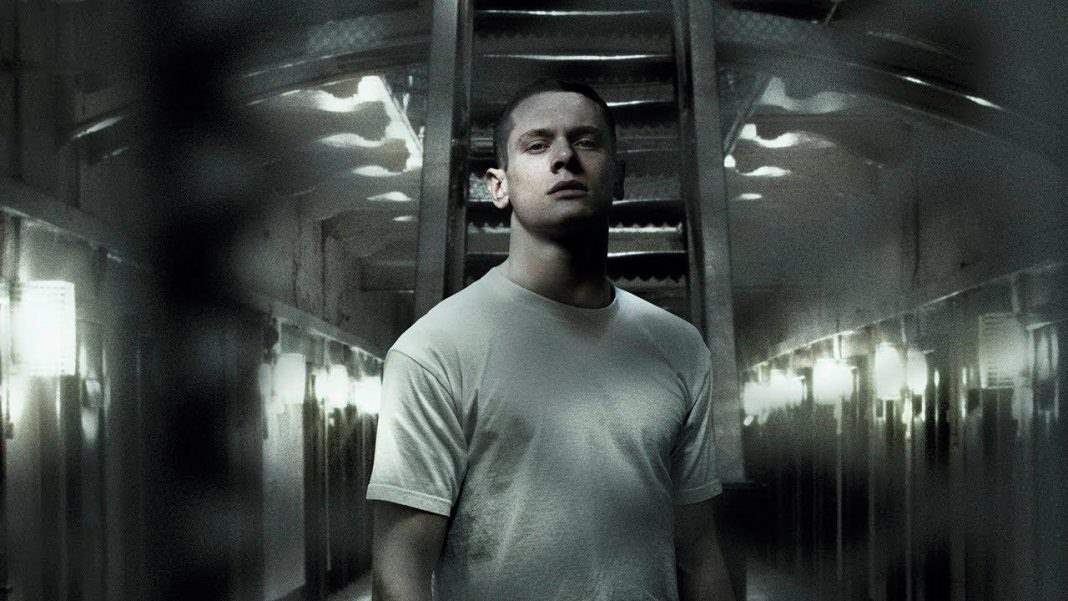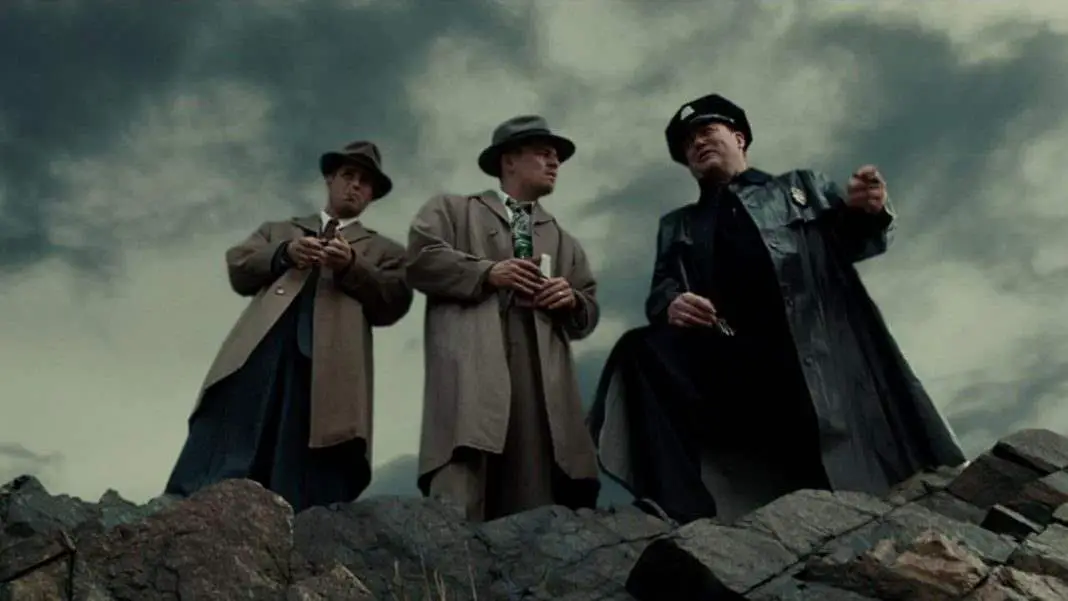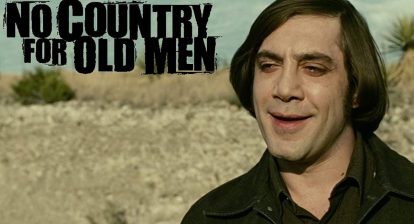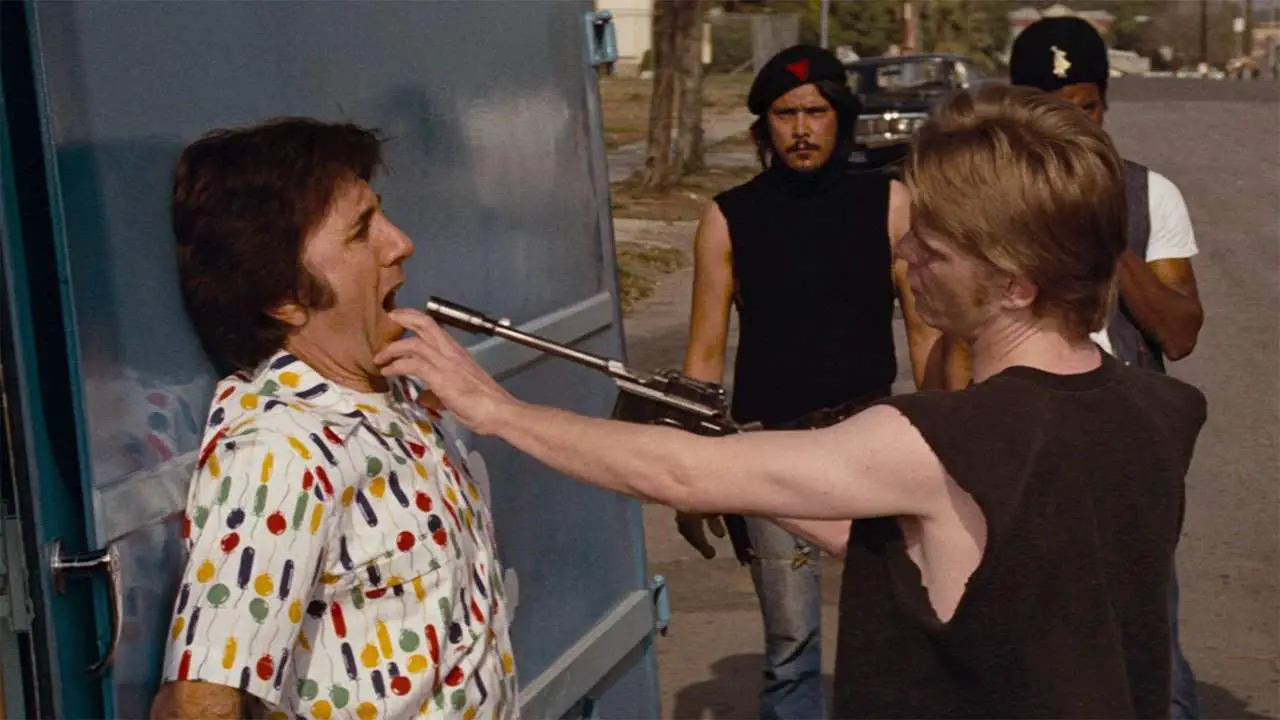Horror is evolving as a genre. Although your local multiplex is still loaded with the usual contenders, look a bit closer and you’ll find the latest drama, thriller, or crime offering is closer to horror than you might expect. In this bi-weekly series, Joey Keogh presents a film not generally classified as horror and argues why it exhibits the qualities of a great flight flick, and therefore deserves the attention of fans as an example of Not Quite Horror. This week, it’s Leo’s best bet for an Oscar, The Revenant.
“The Revenant is meaningless pain p*rn” shrieked an article on The Guardian the other week. The piece, by
Aside from the fact this is a ludicrous, entirely inaccurate, connection to make, Ms. Cadwalladr is wrong about The Revenant being a shameless showcase of pain. It’s far more enjoyable than, say, The Human Centipede 2, for example. Hell, even Joy, another mainstream awards-baiter, is more of an endurance test when it comes to pain. Sure, it’s more interested in emotional pain rather than physical, but it’s relentless and even the sort-of happy ending doesn’t provide quite the respite necessary to make the rest of the flick worth the patience required to sit through it.

This is a movie loaded with gore, drenched in blood, soaked in sweat, in which men’s lips are constantly chapped, their beards dusted and heavy with snow. González Iñárritu is known, predominantly, for making very beautiful, technically proficient films but The Revenant is his first that asks us to look upon explicitly violent acts as art, to be complicit in the revenge-seeking of a ruined man. Rather than imbuing his movie with Tarantino-esque witticisms, he steadies a resolutely downbeat, nihilistic stare on his actors, and the harsh landscape through which they struggle.
The already-infamous bear mauling sequence (shot with virtually indiscernible CGI) is a thing of remarkably raw beauty. Aside from the fact it stretches on for what seems like hours, the scene is so starkly realistic, with DiCaprio being tossed around like a rag doll, it’s impossible to look away. There are other, much gorier, sequences but it’s the mauling that makes the biggest impression because it doesn’t feel like a scene in a movie, it feels like real life (possibly because it really did happen to frontiersman Hugh Glass).
The Revenant‘s marketing campaign, and indeed its Oscar bid, is primarily focused on just how difficult the film was to make. “Look!” the director seems to be screaming through the screen at us, “DiCaprio is in that freezing cold river for real!” Regardless of how pretty it is (and it is very pretty, to be fair), whether or not the story captivates your attention will have an awful lot to do with your propensity for violence. In particular, the violent nature of Mother Earth as an unstoppable force, as opposed to anything perpetuated by man or beast.
 The moment when Tom Hardy (a far more convincing scruff than cutie-pie DiCaprio) describes the feeling of being attemptedly scalped is one of the darkest, and most gruesome, the movie has to offer. It burns itself into your brain in a way that a million arrows shot through necks do not, and cannot. Likewise, a child being smothered in front of his father, although quicker and less violent than every other killing that features, hits home harder because of the feeling attached to it. González Iñárritu’s movie may be gruesome, but it’s not always affecting.
The moment when Tom Hardy (a far more convincing scruff than cutie-pie DiCaprio) describes the feeling of being attemptedly scalped is one of the darkest, and most gruesome, the movie has to offer. It burns itself into your brain in a way that a million arrows shot through necks do not, and cannot. Likewise, a child being smothered in front of his father, although quicker and less violent than every other killing that features, hits home harder because of the feeling attached to it. González Iñárritu’s movie may be gruesome, but it’s not always affecting.
The Revenant is at its most horrifying not when DiCaprio is eating bison liver and puking for real (Oscar, take note) or when a woman is being raped for the sake of it, but when Glass’s quest for revenge comes to a head, when he loses his (fictional) son, and when the toll this very real career-path took on the fur-trappers themselves is laid bare.
In many ways, Will Poulter’s young rookie is emblematic of this when, horrified by his elder’s actions, he finds himself transfixed, unable to look away or act–much, one assumes, like the audience themselves. The Revenant may not be an excessive showcase of pain (it’s arguably much closer to torture cinema), but it’s a great example of just how well Not Quite Horror blends in with the rest of the so-called high art offerings.







